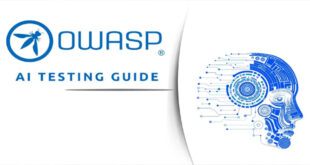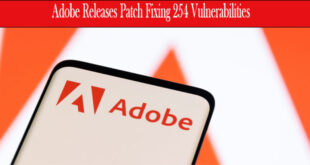The NSA released an information sheet called “Advancing Zero Trust Maturity Throughout the Application and Workload Pillar.” This sheet will help organizations protect their applications from unauthorized users and maintain constant visibility of their workload.
This CSI gives recommendations for achieving different levels of application and workload capabilities under the Zero Trust (ZT) paradigm. It explains how these capabilities fit into a complete ZT framework. ZT implementation aims to improve cybersecurity protections, responses, and operations over time.
“This guidance helps organizations disrupt malicious cyber activity by applying granular access control and visibility to applications and workloads in modern network environments,” said Dave Luber, NSA’s Director of Cybersecurity. “Implementing a Zero Trust framework places cybersecurity practitioners in a better position to secure sensitive data, applications, assets, and services.”
According to the CSI, applications and workloads depend on each other. Applications are computer programs and services that run on premise and cloud environments. Workloads can be standalone solutions or groups of processing components performing functions.
The application and workload pillar in a Zero Trust architecture relies on these capabilities: application inventory, secure software development and integration, software risk management, resource authorization and integration, and continuous monitoring and ongoing authorizations.
NSA is helping DoD customers test Zero Trust systems and create more guidance for integrating Zero Trust principles into enterprise networks.
This guidance expands on NSA’s previously released CSIs on Zero Trust, including the following:
Embracing a Zero Trust Security Model
Advancing Zero Trust Maturity Throughout the User Pillar
Advancing Zero Trust Maturity Throughout the Device Pillar
Advancing Zero Trust Maturity Throughout the Data Pillar
Advancing Zero Trust Maturity Throughout the Network and Environment Pillar. Click here to read the full report.
 InfoSecBulletin Cybersecurity for mankind
InfoSecBulletin Cybersecurity for mankind














